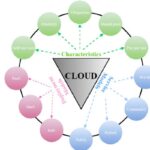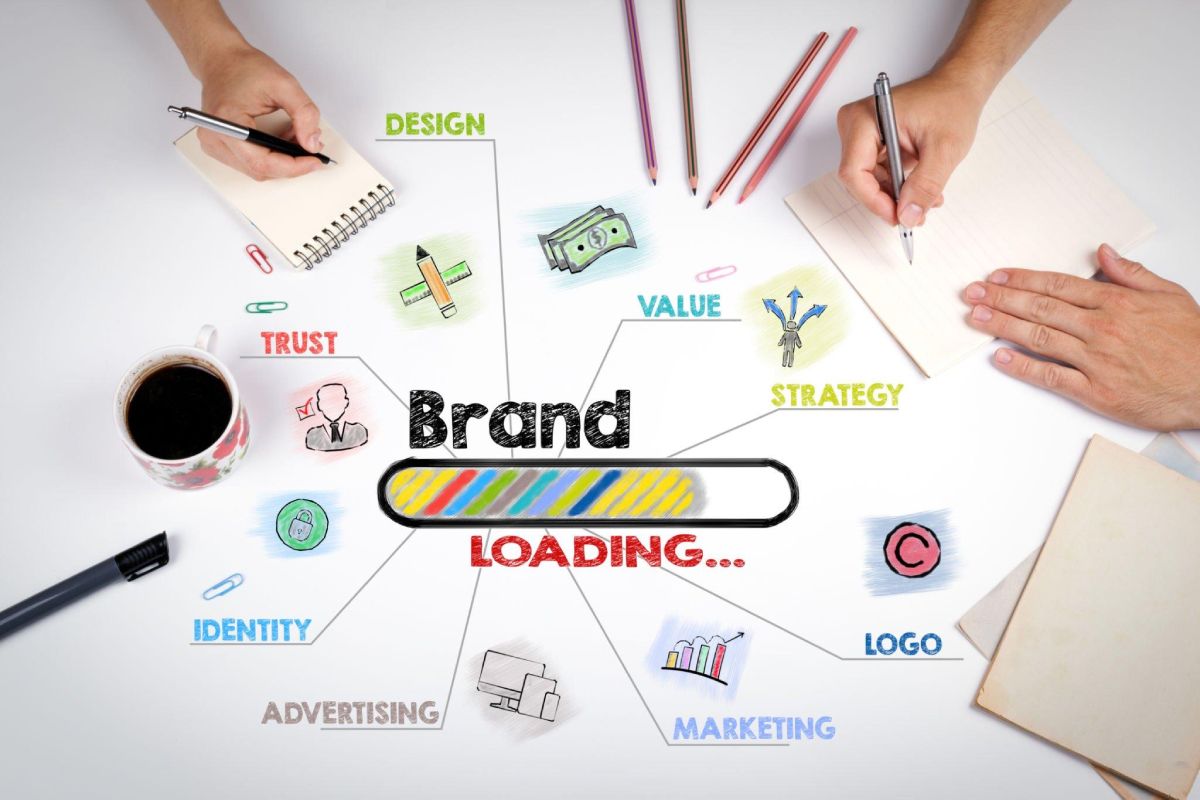Brand Experience – In today’s day and age, it’s more than evident that technology has taken over the whole world. The entire globe is now comprised of a digital ecosystem that links to what people consume; whether it’s a product, service, or even general information.
When you come to think of it, there’s one reason this entire digital ecosystem exists; Businesses. It’s been forecasted that by the end of 2026, overall business revenue within the United States is will amount to $1.68 Billion.
Everything we see around us is a business in one form or the other; which makes standing out from competitors, all the more challenging for any given business. This is where brand experience and the role it plays come in.
What Does Brand Experience Exactly Mean?
Brand experience, as the name suggests, is the experience customers go through when they engage with a brand. Whether it’s purchasing a product from a store, making an in-app purchase, responding to queries, or even window shopping; every experience should be such that a customer will remember it.
Moving into the finer details, this also incorporates how a brand might smell, sound, or feel in general. Examples include a pleasant scent within a furniture store, a salesperson’s behavior at a clothing store, or the temperature inside a restaurant; that’s how deep brand experience marketing goes.
Although trying to control so many variables might sound very challenging, each scenario presents itself with an opportunity for a brand to strengthen its ties to its customers.
The Benefits Associated with Brand Experience:
Although the possibilities of presenting a good brand experience are limitless, there are some tangible benefits associated with it:
1. Increases Brand Awareness:
The most obvious benefit is that a good experience will undoubtedly translate towards a more memorable experience, and it’s the center point when it comes to word-of-mouth. The more consistent this experience is; the better consumers will start viewing your brand and even talking about it.
2. Increase in Perceived Value:
Every consumer makes a purchase based on only one decision; Value. What turns a window shopper into a customer making a purchase is defined by what they perceive as value for money. This allows businesses to increase the perceived value of their products or services. One of the best examples of this is the iPhone; since it’s perceived to be a high-end brand and everyone who can afford one, wants one.
3. Enhances Customer Loyalty:
The driving factor that creates a one-time paying customer into a recurring customer is the offering a brand makes to foster loyalty in its customers. Customer service, for instance, is a great way to generate customer loyalty because it makes customers think that they’re getting their money’s worth. Product or service quality is another crucial factor that will keep a customer returning to your brand; that’s why it lies at the core of brand experience.
4. Greater Sales:
All of the above-mentioned benefits converge towards one end goal; Sales. The business objective of every business is to generate more revenue. And it goes without saying that increased awareness, value, or loyalty, will most definitely convert into a sale in one form or the other.
How Does Brand Experience Differ in Comparison to User Experience?
[Brand experience] and User experience (UX) go hand-in-hand and are typically meant to complement each other. It should be noted that user experience doesn’t just relate to interface experiences, but instead, to the overall journey map of when a customer uses your brand to gain something they desire. User-Centered Design is an excellent example of UX in play in the world around us.
The critical difference between the two is that brand experience caters to a much broader perspective, where a consumer is engaged prior to them even using your product or service. Whereas user experience is the next step where they would actually go through the journey of using your product or service to achieve a goal.
In short, user experience is a part of what makes up an entire [brand experience].
A Final Word:
Brand experience marketing has no boundaries, and this is where brands have the chance to become truly creative. Marvel has various product lines which complement each other; comics, movies, cartoons, toys, and merchandise, all of these things amount to a brand experience that makes consumers want to engage with the brand altogether.
Brand experience may start off from videos, images, or other marketing collateral, but the real benefits lie when you decide to dig deeper.












